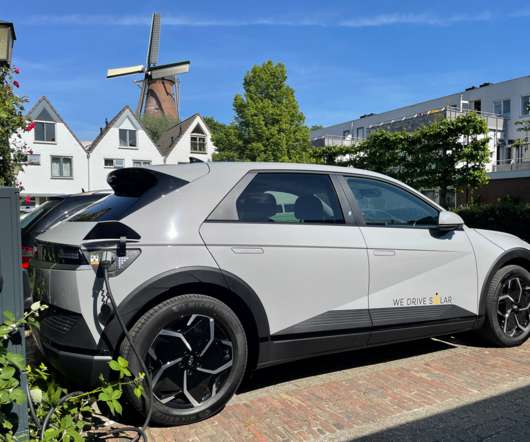New green hydrogen refueling facility at Berlin-Schönefeld in multi-energy fueling station
Green Car Congress
MAY 26, 2014
The demonstration project is designed to produce “green” hydrogen from a surplus of wind and solar power using an electrolyzer, and to use solid storage to create a hydrogen cogeneration plant and hydrogen filling-station infrastructure for buses and cars.













Let's personalize your content